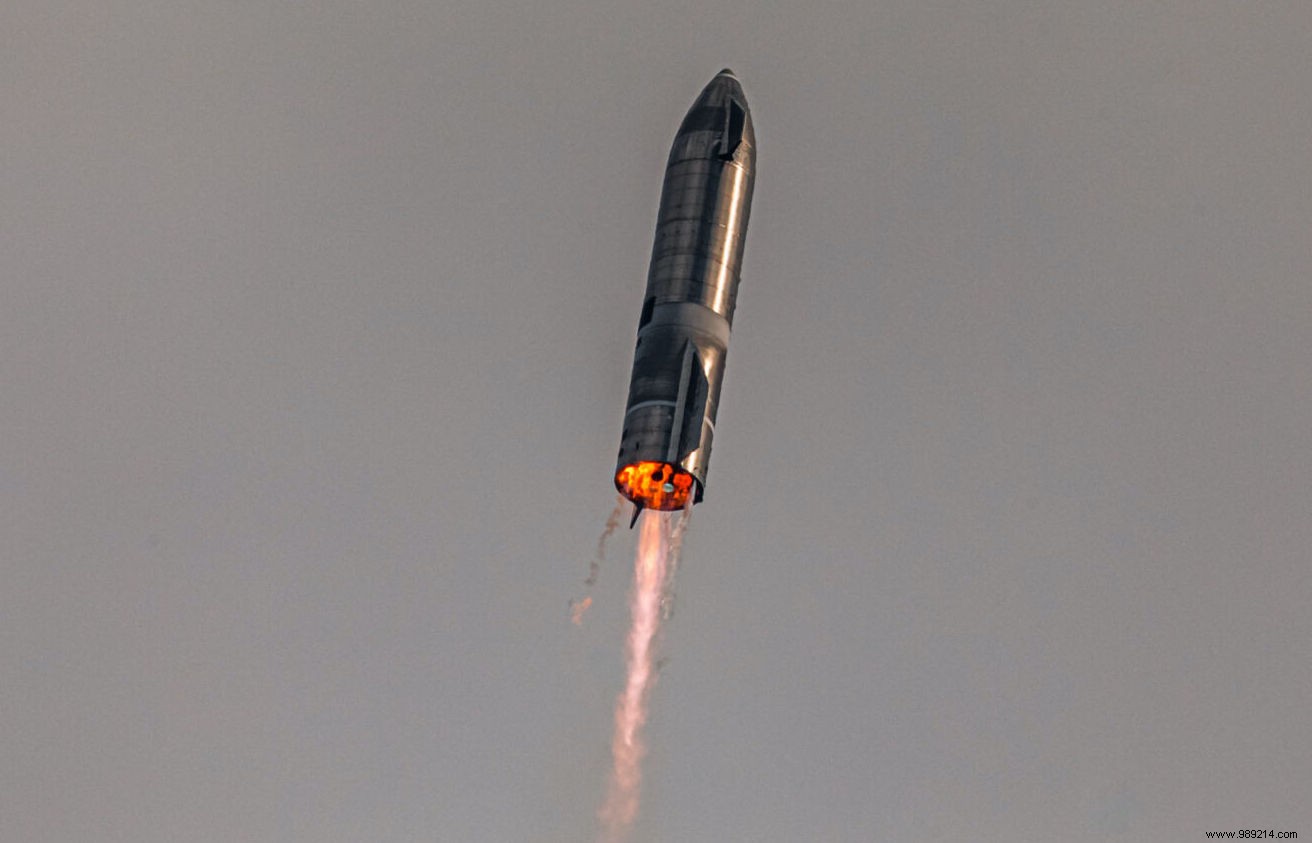SpaceX recently released a possible flight plan for the first orbital launch of its Starship spacecraft. During this highly anticipated test, the prototype will aim for an altitude of 115 kilometers before landing off the northwest coast of Kauai. And surprise:this test could take place this summer!
You obviously didn't miss it. SpaceX's Starship SN15 prototype successfully launched on the night of May 5-6 from Texas before successfully landing. According to prelaunch commentary from SpaceX's Jon Insprucker, the prototype was to perform a three-engine flip, followed by a single-engine landing. Eventually, two Raptors fired back up to the landing.
No official reason was provided for this choice, but we do know that the Starship's flight computer offers the ability to modify the firing sequence of the engines. One of the Raptors may therefore have suffered a little too much during this test, ultimately causing the SN15 not to select it for the last phase of the landing.
Anyway, this was a big first for the company and its future interplanetary ship. What's in store for us next? So far, nothing is set in stone. Elon Musk recently hinted that the SN15 prototype might attempt a second flight, but it might as well be scrapped.
Note that its successor, the SN16, is already ready, while the development of the SN17 is already well advanced. These two vessels could attempt flights at twenty kilometers altitude during the next few days .

It would seem, however, that the successful flight of the Starship SN15 has accelerated the schedule for SpaceX which, as we know, would have liked to attempt a first orbital flight before the end of the year. Finally, this test could take place as early as June 20 (the deadline shoots until December), according to the Federal Communications Commission (FCC). We still don't know which prototype will be affected, but the SN20 model seems the most likely.
Finally, a first flight plan was even communicated. During this test flight, the spacecraft and its Super Heavy booster (likely the BN3 prototype) will take off from Starbase, Texas. The first stage is then scheduled to separate from the Starship approximately 170 seconds after the start of the flight, before returning to land on a barge deployed in the Gulf of Mexico about thirty kilometers from the coast.
For its part, the Starship will continue its flight between the Florida Straits to reach an altitude of approximately 115 km. It will then return to land about a hundred kilometers off the northwest coast of Kauai, one of the main islands of the Hawaiian archipelago, approximately 1h30 after takeoff.
SpaceX engineers will take advantage of this great first to collect as much telemetry data as possible. Their analyzes will make it possible, as has been the case since the beginning, to improve the performance of the next vehicles in flight and during the landing phases.